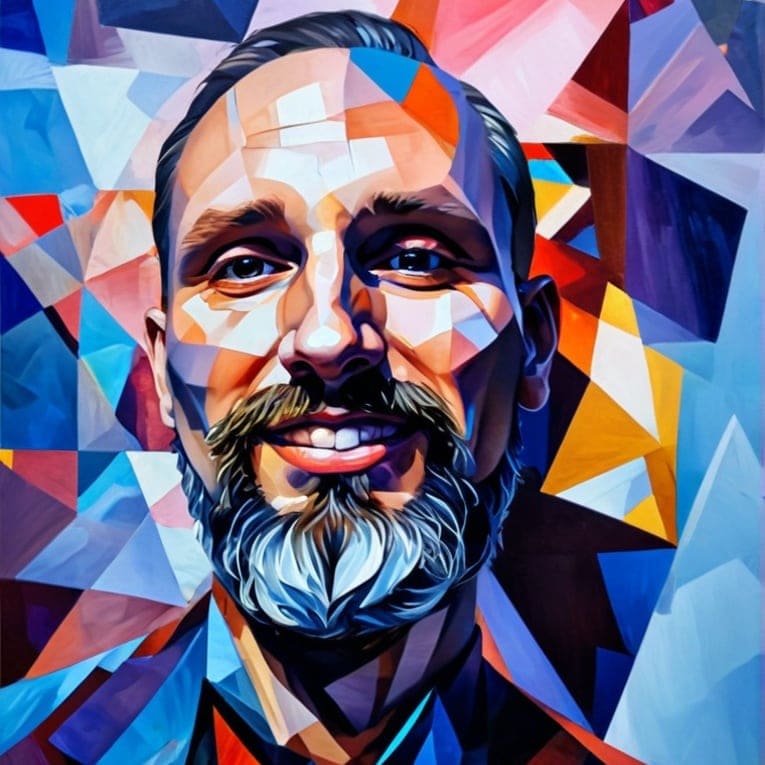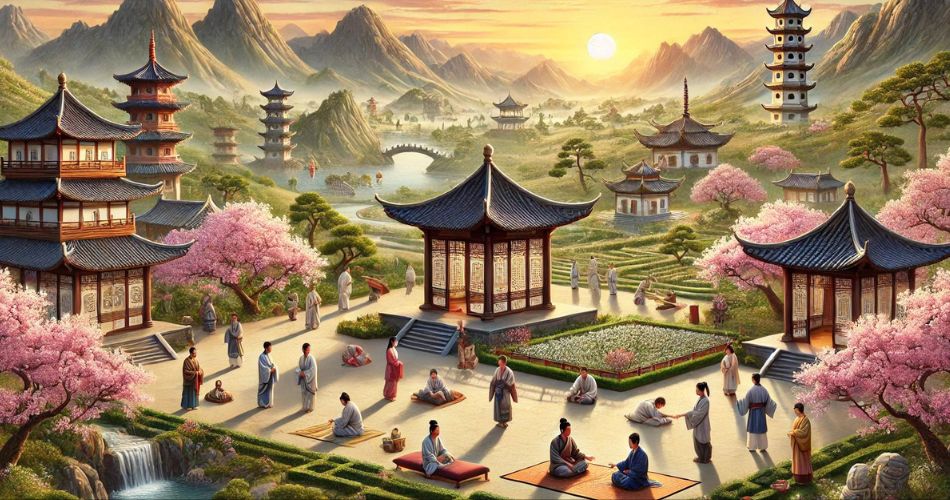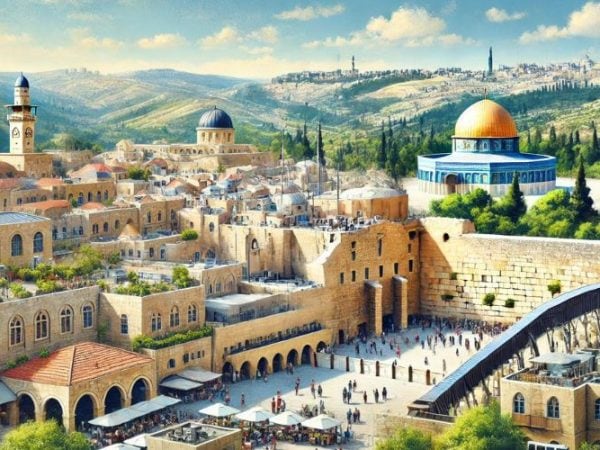Briefly
The East, as a cardinal direction, represents several significant concepts in various philosophies and religions. It is most commonly associated with the sunrise, beginnings, rebirth, and enlightenment. Being the source of light and warmth, the East serves as a symbol for hope, knowledge, and spiritual growth. In Christianity, it is linked to the second coming of Christ, while in Buddhism, it relates to the realm of the dawn, representing wisdom and clarity.
- Symbolism: Sunrise, Beginnings, Rebirth, Enlightenment, Hope, Knowledge, Spiritual Growth, Second Coming (Christianity), Wisdom and Clarity (Buddhism).
East in Dreams
Psychologically, dreaming about the East might signify the dreamer’s eagerness for new beginnings or their quest for spiritual enlightenment. It can also be seen as a projection of the individual’s internal desire for knowledge and wisdom. Given that the East is associated with the sunrise – a symbol for hope – such dreams could reflect optimism and a positive outlook towards the future.
- Symbolism: New Beginnings, Spiritual Enlightenment, Quest for Knowledge and Wisdom, Optimism, Positive Future Outlook.
Free Dream Interpretation Tool
East in Myths and Folklore
In various myths and folklore, the East holds a prominent position. For instance, in Greek mythology, the East is personified by the Titan god Eos, who embodies the dawn. Eos, known for her radiant beauty, would rise from her home at the edge of the Oceanus and open the gates of heaven for the Sun every morning. In Chinese lore, the East is associated with the Azure Dragon, one of the Four Symbols of the Chinese constellations. This emblem represents the spring season, wood element, and the virtue of propriety.
In Norse mythology, the East is linked to the giantess Austra, whose name translates to ‘the Eastern one’. These tales lend the East a role as a bringer of light and rebirth, a gateway between the celestial and earthly realms, and a symbol of renewal and purification.
- Symbolism: Eos (Greek Mythology), Azure Dragon (Chinese Folklore), Spring, Wood Element, Virtue of Propriety, Austra (Norse Mythology), Gateway between Celestial and Earthly Realms, Renewal, Purification.
East Spiritual Meanings
Spiritually, the East embodies notions of rebirth, enlightenment, and spiritual awakening. In Native American cultures, the East is revered as the direction from which life springs, while in Hinduism, temples and altars are typically oriented towards the East to honor the rising sun. This recognition stems from the belief that the East, as the source of light, symbolizes divine wisdom and the awakening of the soul.
- Symbolism: Rebirth, Enlightenment, Spiritual Awakening, Source of Life (Native American Cultures), Divine Wisdom, Soul Awakening (Hinduism).
East Tattoo Meaning
An East tattoo typically symbolizes new beginnings, spiritual growth, and enlightenment. This direction, with its connections to the rising sun, is often chosen by individuals seeking to express optimism, hope, or a desire for wisdom and knowledge. The tattoo serves as a personal reminder of the endless possibilities that each new day brings.
- Symbolism: New Beginnings, Spiritual Growth, Enlightenment, Optimism, Hope, Wisdom, Knowledge.

Reviewed by Alexander Lys, M.L., a specialist in the field of symbolism research and dream psychology. A certified participant in numerous psychological seminars and courses, the author of hundreds of articles on psychology, including studies on symbolism in dreams and myths from a scientific perspective.



